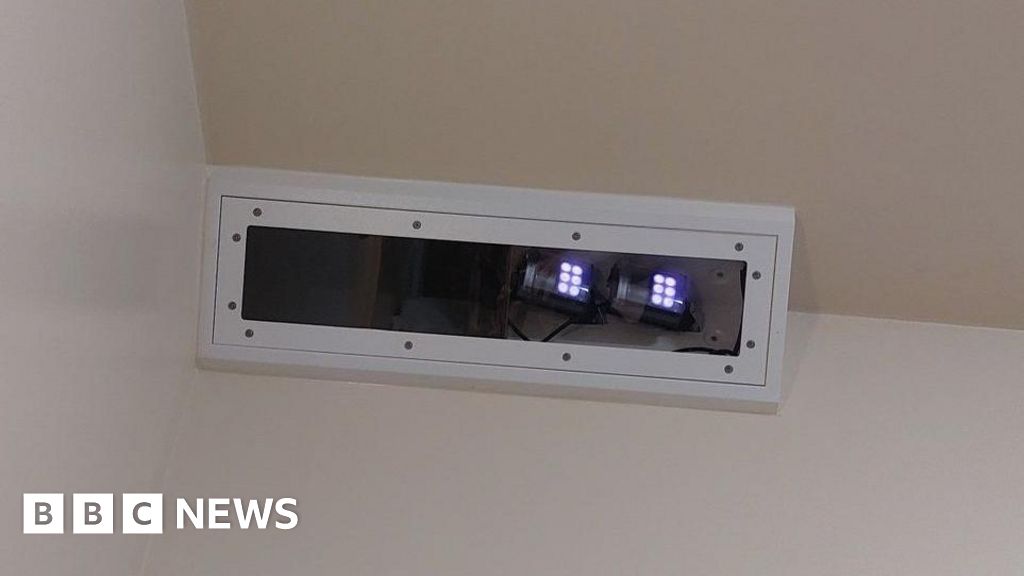Introduction to the Inquiry
The public inquiry into the deaths of at least 2,000 people cared for by mental health services has raised “serious concerns” about the use of a digital patient monitoring system. This system, called Oxevision, uses infrared sensors and cameras to monitor patients alone in their rooms and send alerts to staff if signs of stress or unusual activity are detected.
Dehumanization
At the Lampard Inquiry, campaigners were told that staff had become over-reliant on the technology and that many patients’ experiences of the technology were "intrusive, undignified, dehumanizing and traumatising". The aim of the inquiry was to investigate why at least 2,000 patients died while being cared for by NHS mental health services in Essex between 2000 and 2023.
How Oxevision Works
Oxevision is a remote monitoring system that is used to provide inpatient care in half of all NHS mental health trusts in England. Infrared cameras installed in patients’ bedrooms can track their pulse rate by detecting "micro-rednesses" of the skin – invisible to the naked eye – as well as their breathing rate due to the rise and fall of a patient’s chest. A camera can also capture images and provide a clean video feed of up to 15 seconds. Alarms and alerts should be sent to staff via computers and tablets in the event of an emergency.
Controversy Surrounding Oxevision
The technology has proven controversial and has featured in a number of recent investigations, including the deaths of patients Michael Nolan and Morgan Rose Hart, who died in 2022, along with Elise Sebastian, who passed away in April 2021. Elise was found lifeless in her bedroom at St Aubyn Center in Colchester, where she was supposed to receive one-to-one care, but an investigation revealed the Oxevision alarm system connected to her bedroom was muted and she was left alone for 28 minutes.
Concerns Raised by Campaigners
The campaign group, Stop Oxevision, said the system caused serious damage and described it as a "superficial quick fix to broader systemic problems". Their research raised concerns including significant invasions of privacy, the impact of technology on patient health and recovery, and staffing issues. Stop Oxevision is expected to appear in a pre-recorded evidence session at the Lampard Inquiry.
Response from Oxevision’s Maker
Laura Cozens from LIO – the company formerly called Oxehealth that founded Oxevision – said: “The platform may not be suitable for everyone – and we recognize that.” When asked if filming a patient 24 hours a day was a significant invasion of privacy, Ms. Cozens replied, “Possibly yes.” She added that it was important to properly communicate the use of the technology to patients and that it had played a crucial role in preventing serious incidents, including falls in a dementia ward.
Conclusion
The use of Oxevision has raised serious concerns about patient privacy and the potential for dehumanization. While the technology may have its benefits, it is clear that it is not suitable for everyone and that its use must be carefully considered and communicated to patients. The inquiry will continue to investigate the use of Oxevision and its impact on patient care.

